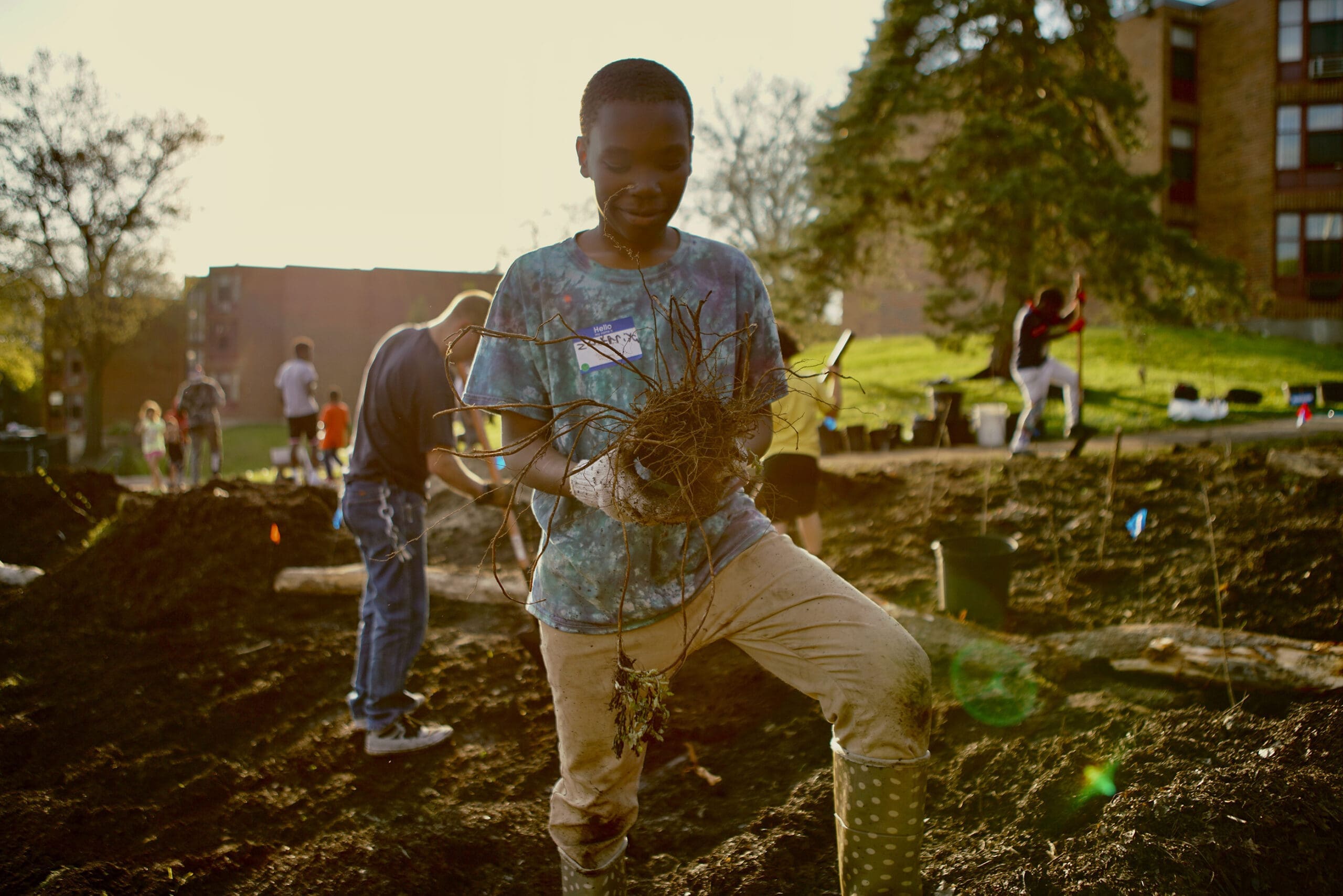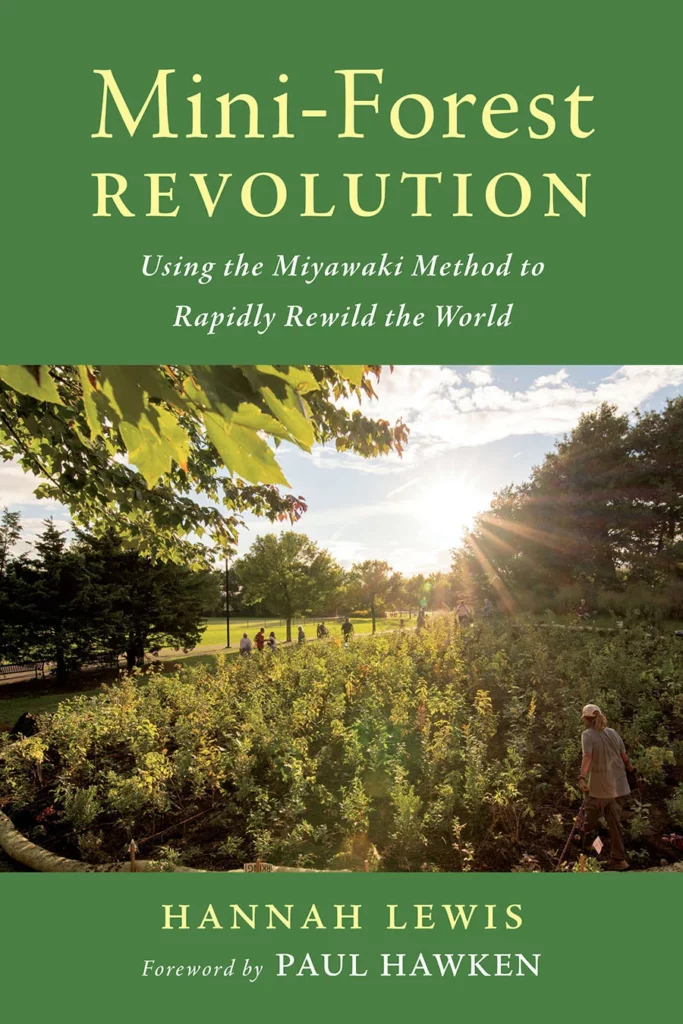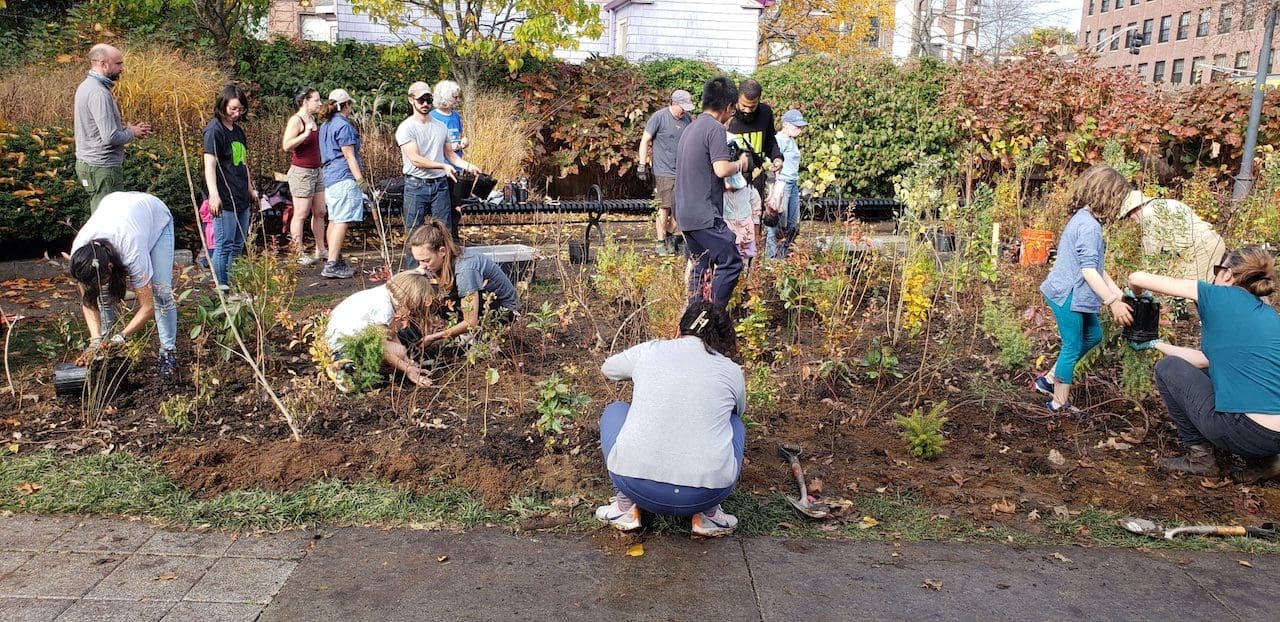
Miyawaki Forests
Everyone needs a forest
Forests are one of the most efficient means for sequestering carbon, and the most effective system for cooling the planet, especially on the local level.
With the loss of green spaces, more and more people are feeling the effects of heat islands, localized hotspots that can be readily combated by planting and stewarding healthy ecosystems.
Our solution is to foster the planting of mini-forests using the Miyawaki Method.

Our Program
Our goal is to lead the way in establishing mini forests in under-resourced communities, starting with the first ever Miyawaki Forest to be planted in the North Eastern US! We’re working with local and Indigenous groups to create tree equity through the sowing of healthy ecosystems. Explore our project pages and linked resources, and find out how you can get involved in our work.
The Miyawaki Method
Miyawaki Forests are biodiverse, native, pocket-sized forests that reestablish full, functioning ecosystems in the areas they are planted. This scalable, replicable nature-based climate solution leads to cooling, increased biodiversity, and communal resilience, among other benefits.
We are involved in planting, supporting, and educating people on this method of afforestation, and are looking for people like you to help us steward this revolution! Find out more about how to get involved with efforts in your own community:
Our Forests
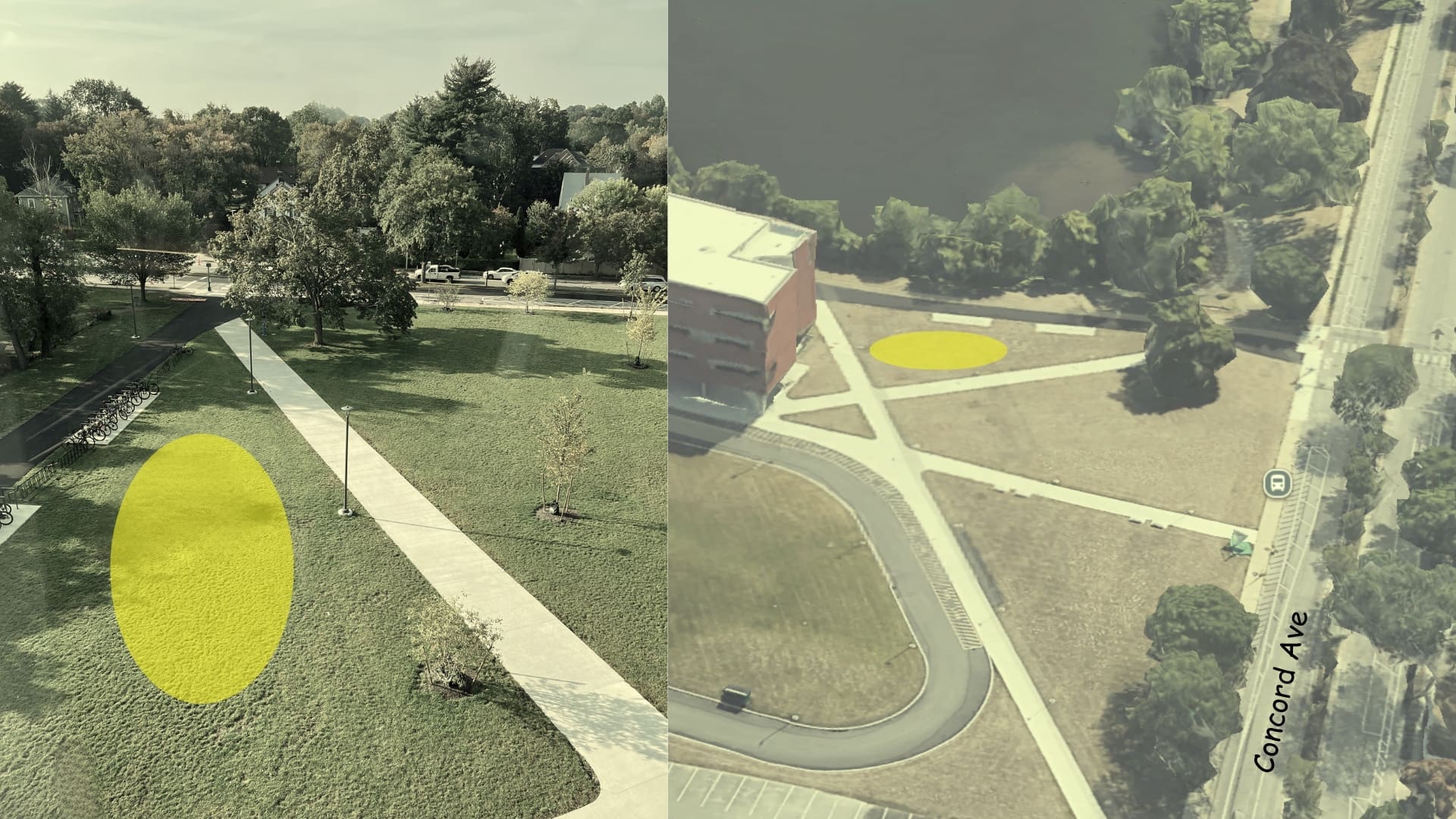
Belmont, Massachusetts, USA
Planned for Fall 2025
Belmont High School
The steps of the Miyawaki Method

(Image Credit: SUGi)
Our Experts
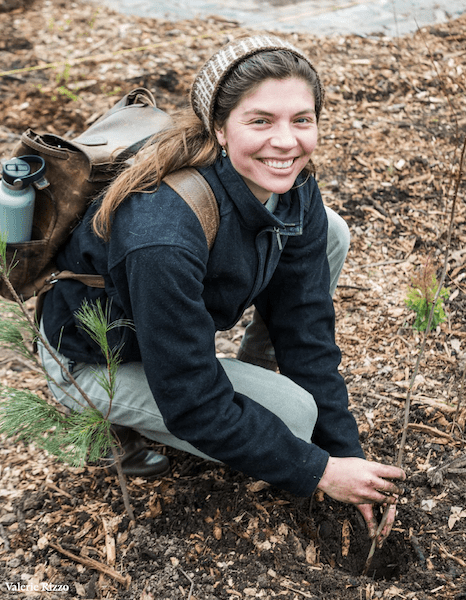
Alexandra Ionescu, Assoc. Director of Regenerative Projects
Alexandra Ionescu leads the Miyawaki Forest Program at Bio4Climate. She is a Certified Biomimicry Professional, Ecological Artist and 2024 SUGi Fellow. Her aim is to inspire learning from and about diverse non-human intelligences, cultivating propensities for ecosystem regeneration through co-existence, collaboration and by making the invisible visible. She hopes to motivate others to ask “How can humans give back to the web of life?” by raising awareness of biodiversity and natural cycles to challenge human-centric infrastructures. At present, Alexandra is immersed in expanding her knowledge of ecological restoration through Miyawaki forests, beaver- engineered landscapes, and constructed floating wetlands. In her spare time, Alexandra is part of the Below and Above Collective, an interdisciplinary group that combines art with ecological functionality to build floating wetlands. As the 2024 Creature Conserve Curatorial Fellow, she activated local conversations and art-making about beavers’ overlooked role in healing our ecosystems through a webinar with diverse knowledge holders and a “Read/Reflect/Create” club. Alexandra holds a MA in Nature-Culture-Sustainability Studies from the Rhode Island School of Design and an online MS in Biomimicry from Arizona State University, graduating from the 5th cohort of the Biomimicry Professional Program (Pro) in 2021. She is a first-generation student from Bucharest, Romania.

Heather McMordi, Project & Systems Coordinator
Heather McMordie is an artist, educator, and curator based in Arlington, VA. As a Project & Systems Coordinator at Bio4Climate, Heather is using her graphic design, organizational and project management skills to support Alexandra Ionescu in producing the 2025 Northeast Miniforest Summit. In her artistic practice, Heather explores the complexities of soil science and environmental restoration through prints, puzzles, artist books, and interactive installations. She is especially interested in how experiences with art objects can mirror field research experiences and create opportunities for tacit learning. In addition to this work, she is the Arts Curator for Creature Conserve and has curated exhibitions at Brown University and the National Museum of Wildlife Art.

Walter Kittredge, Ecology Advisor
Walter Kittredge was the Senior Curatorial Assistant at the Harvard University Herbaria for 44 years, and was also the Assistant Curator of the New England Botanical Society Herbarium for many years. He has been a board member of the Friends of the Fells, is currently a board member of the Friends of Harold Parker State Forest, and works closely with the AVIS Ecoteam doing habitat restorations removing invasive plants and planting natives. Walter runs the Oakhaven Sanctuary Nursery in North Reading creating a nature trail on the property, and has been an advisor, donor and participant in many Miyawaki groves and pollinator gardens. Walter has participated in Biodiversity Days in many localities, conducted floristic inventories of conservation areas throughout eastern Massachusetts and was co-author with Bryan Hamlin of Changes in the Flora of the Middlesex Fells Reservation published in Rhodora (2012).
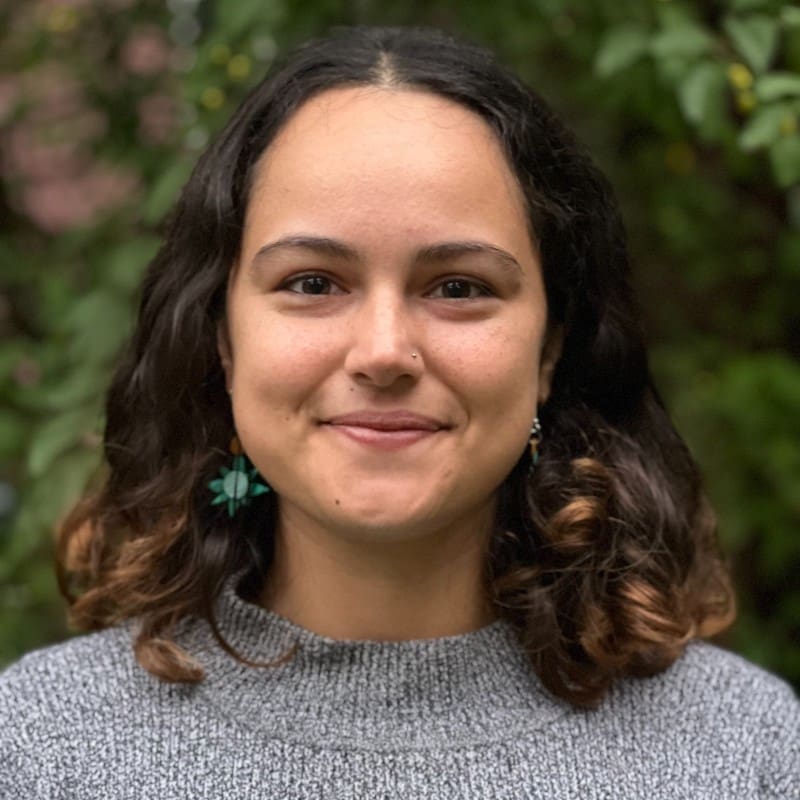
Maya Dutta, Miyawaki Method Advisor
Maya Dutta is a dedicated environmental advocate and ecosystem restorer with a focus on the crucial role of biodiversity in shaping our climate and natural cycles. With extensive training from SUGI and collaborative work with experts like Ethan Bryson and Hannah Lewis, Maya brings specialized expertise in coastal New England region species and Miyawaki projects, from community engagement and plant selection to ongoing evaluation. Notably, she played a key role in planting the first Miyawaki forest in the Northeast US. Her work aims to fight global climate change while improving human livelihoods and community equity.
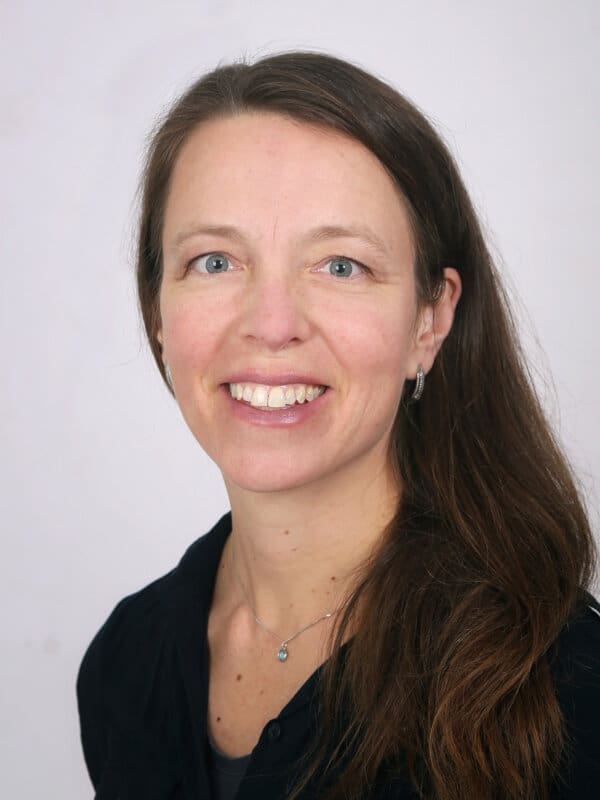
Hannah Lewis, Author of Mini-Forest Revolution
Hannah Lewis was the editor of our “Compendium of Scientific and Practical Findings Supporting Eco-Restoration to Address Global Warming,” and an expert on the Miyawaki Method. Hannah has diverse experience in sustainable practices, previously serving as the Midwest regional director for the National Center for Appropriate Technology. She holds an MS in Sustainable Agriculture and Sociology from Iowa State University and a BA in Environmental Studies from Middlebury College. She is the author of “Mini-Forest Revolution,” a book motivated by her desire to transform environmental anxieties into positive actions. Through both her writing and forest-planting initiatives, she aims to demonstrate the inextricable link between human well-being and thriving ecosystems.
Our Partnerships
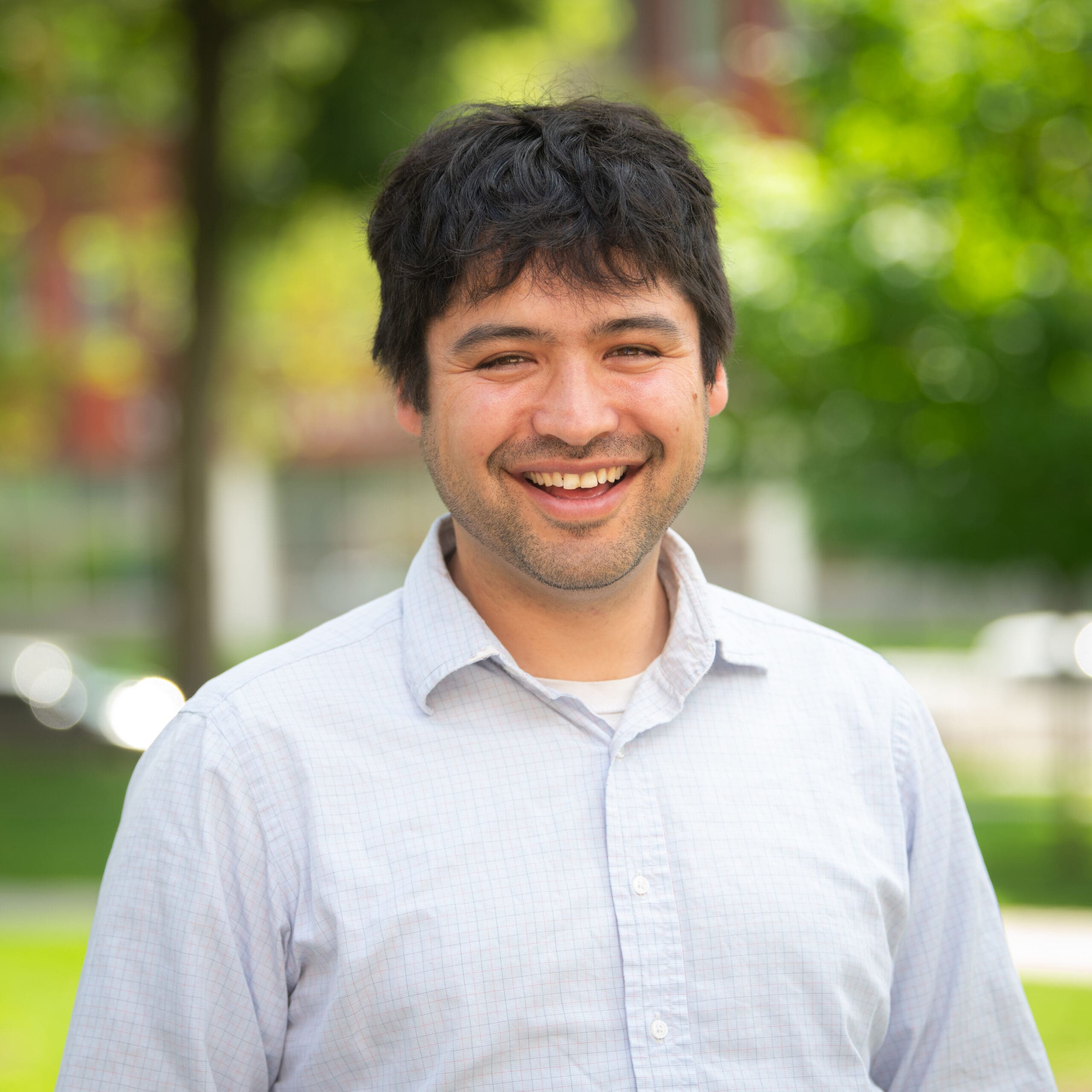
Dr. Nicholas Geron, Assistant Professor at Salem State University
Nicholas Geron is an Assistant Professor at Salem State University in the Geography and Sustainability Department. Nicholas earned his PhD in Geography at Clark University in 2023 examining the social and ecological success of tree planting in Massachusetts Gateway Cities. His research examines the role urban trees and patches of forest play in mitigating extreme heat and increasing resilience to the impacts of climate change in cities. Recently, Nicholas is excited to use UAV thermal imagery to demonstrate the impact of small patches of forest such as Miyawaki forests at different spatial and temporal scales.

Testimonials
Within a few years, many of the now 14-foot saplings would be as tall as telephone poles and the forest would be self-sufficient. Healthy woodlands absorb carbon dioxide, clean the air and provide for wildlife. But these tiny forests promise even more.”
Cara Buckley, New York Times
They can grow as quickly as ten times the speed of conventional tree plantations, enabling them to support more birds, animals and insects, and to sequester more carbon, while requiring no weeding or watering after the first three years”
Cara Buckley, New York Times
This has by far and away gotten the most positive feedback from the public and residents than we’ve had for any project, and we do a lot”
Andrew Putnam, superintendent of urban forestry and landscapes for the city of Cambridge, on our Danehy Park Project
Learn More
Hannah Lewis’ book on the Miyawaki Method
From the “Mini Forest Revolution” Forward:
Much of what we hear about the climate crisis is the rate at which peril is increasing and the lack of sufficient action on all levels of agency. We are surfeited with news of the problems, probabilities, and impacts. It is almost too much to take in. What is missing that lends balance to the news is possibility. Every problem is a solution in disguise, or it would not be a problem. The Miyawaki Method is crucial because it is a possibility that can be implemented by people everywhere, and as Hannah points out, by communities, classrooms, cities, clubs, families, and yes, even countries if they wake up. We do not have to wait for nations, banks, and corporations to act. — Paul Hawken
In the News
Tiny Forests with Big Benefits
The tiny forest lives atop an old landfill in the city of Cambridge, Mass. Though it is still a baby, it’s already acting quite a bit older than its actual age, which is just shy of 2. Its aspens are growing at twice the speed normally expected, with fragrant sumac and tulip trees racing to catch up. It has absorbed storm water without washing out, suppressed many weeds and stayed lush throughout last year’s drought. The little forest managed all this because of its enriched soil and density, and despite its diminutive size: 1,400 native shrubs and saplings, thriving in an area roughly the size of a basketball court. It is part of a sweeping movement that is transforming dusty highway shoulders, parking lots, schoolyards and junkyards worldwide.
Fast-growing mini-forests spring up in Europe to aid climate
As Europe grapples with the climate crisis and biodiversity loss, a growing movement is turning to tiny, densely-packed forests for solutions. Based on the pioneering Miyawaki Method from Japan, these mini-forests are springing up in spaces as small as tennis courts but offer outsized benefits: they grow ten times faster, and are far denser and more biodiverse than conventional forests. Lauded by scientists and wildlife experts alike, these micro-ecosystems not only serve as effective carbon sinks but also have the potential to act as vital wildlife corridors.
The first Miyawaki forest in the Northeast was planted in Cambridge. Organizers hope it’s just the start.
A groundbreaking forest is taking root in Cambridge’s Danehy Park, marking the northeastern United States’ first Miyawaki forest—a unique approach to woodland creation that enhances biodiversity and climate resilience. The 4,000-square-foot circular microforest is a collaboration between Biodiversity for a Livable Climate, the SUGi Project, and the city of Cambridge. According to city arborist David Lefcourt, Miyawaki forests are a game-changer for urban environments, offering benefits that range from cooling urban heat islands to carbon sequestration. Maya Dutta, the project manager from Biodiversity for a Livable Climate, says the initiative took shape in early 2021 after the organization learned about the profound benefits of the Miyawaki method.
Amid Mounting Climate Threats, Danehy Park’s Miyawaki Forest Puts Down Roots
On a tranquil late-September afternoon in Danehy Park, Maya Dutta tends to a patch of burgeoning growth—a 4,300-square-foot Miyawaki forest that’s about to celebrate its first birthday. Amidst joggers, dog walkers, and residents from the diverse neighborhoods that surround the park, Dutta—5-foot-2 and full of enthusiasm—oversees this ecological marvel. She serves as the project manager for the forest, a collaborative initiative between Biodiversity for a Livable Climate, the city of Cambridge, and the Swiss-based SUGi Project. Yet, this lush pocket of green has deeper roots in history. Once the site of claypits and later an industrial landfill, Danehy Park itself is a testament to urban renewal, transforming over decades into Cambridge’s largest public park. This Miyawaki forest is the latest chapter in the park’s storied history, symbolizing a burgeoning commitment to biodiversity and climate resilience.
Our Partner Organizations








